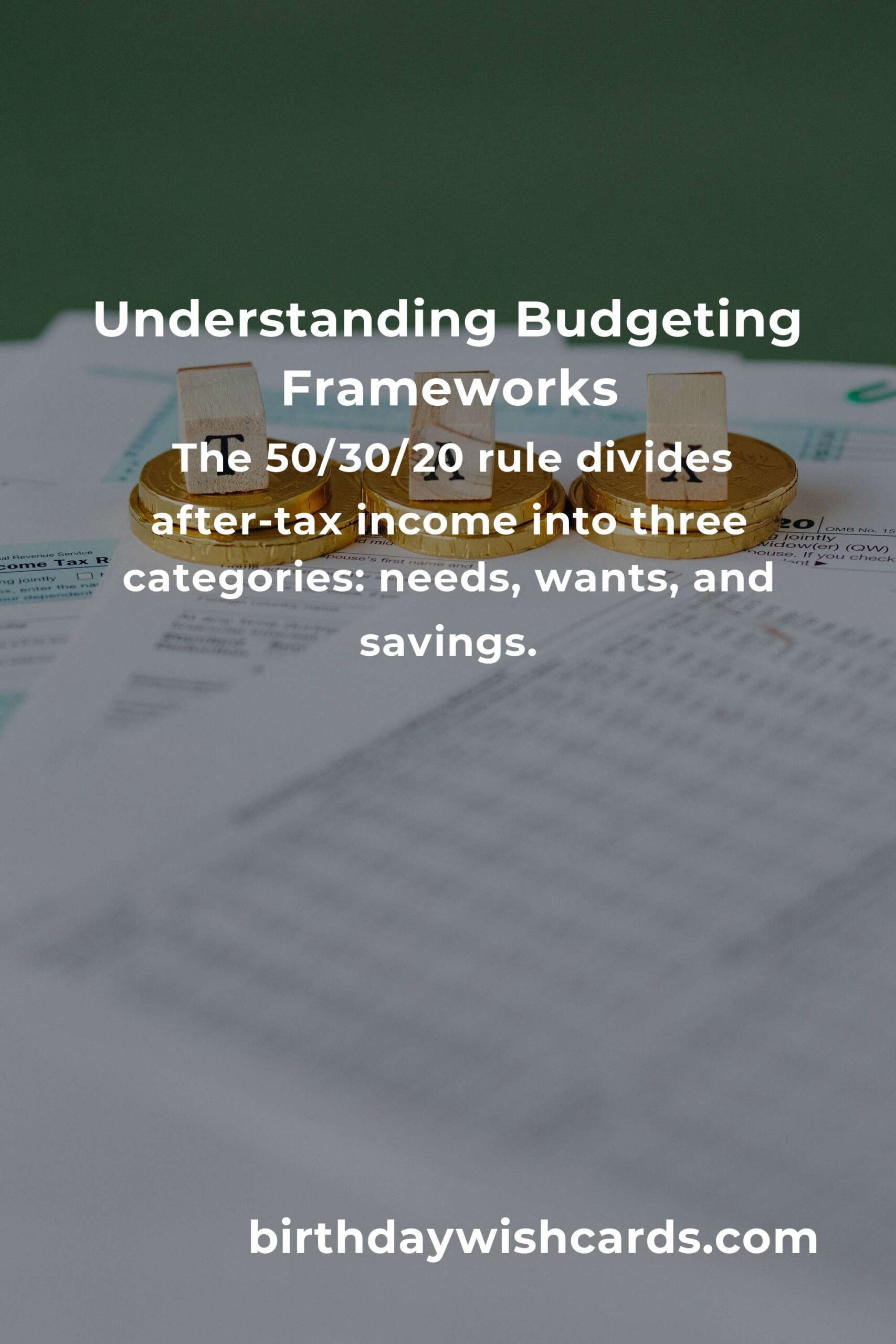
In the ever-evolving world of finance, mastering budgeting frameworks is essential for individuals and businesses aiming to achieve financial stability and growth. Budgeting frameworks provide a structured approach to managing finances, ensuring that resources are allocated efficiently and goals are met effectively.
Understanding Budgeting Frameworks
Budgeting frameworks are systematic approaches to planning and controlling finances. They provide guidelines and methodologies that help in evaluating income, forecasting expenses, and setting financial goals. These frameworks are crucial for both personal finance management and organizational financial planning.
Several popular budgeting frameworks are widely used, each with its unique advantages and applications. Understanding these can help you choose the right one for your financial needs.
Zero-Based Budgeting
Zero-based budgeting (ZBB) is a method where every expense must be justified for each new period. Starting from a ‘zero base,’ every function within an organization is analyzed for its needs and costs. This method ensures that resources are allocated efficiently as it forces decision-makers to scrutinize each expense regularly.
In personal finance, ZBB can help individuals cut unnecessary expenditures, ensuring that every dollar spent is aligned with their financial goals.
Envelope System
The envelope system is a cash-based budgeting method where money is divided into envelopes designated for specific expenses. Once the cash in an envelope is spent, no more money can be used for that purpose until the next budgeting period.
This framework is particularly useful for those who struggle with overspending as it encourages discipline and provides a tangible way to track expenses.
50/30/20 Rule
The 50/30/20 rule is a simple budgeting framework that divides after-tax income into three categories: 50% for needs, 30% for wants, and 20% for savings and debt repayment. This framework is easy to implement and provides a balanced approach to managing finances, ensuring that essential needs are met while also allowing for savings and discretionary spending.
Incremental Budgeting
Incremental budgeting involves making small changes to the previous period’s budget. This framework is commonly used in organizations due to its simplicity, as it requires minimal effort to adjust and update the budget.
However, it may not be suitable for dynamic environments where rapid changes are needed, as it can perpetuate inefficiencies and does not encourage exploring new opportunities for cost savings or revenue generation.
Activity-Based Budgeting
Activity-based budgeting (ABB) focuses on budgeting based on activities that incur costs in an organization. This method identifies cost drivers and allocates resources based on the anticipated level of activity.
ABB is beneficial for organizations looking to gain a deeper understanding of their cost structure and improve operational efficiency by linking expenses to specific activities.
Choosing the Right Framework
Selecting the appropriate budgeting framework depends on various factors, including the complexity of the financial situation, available resources, and specific financial goals. Individuals and organizations should assess their needs and consider the pros and cons of each framework before making a decision.
It’s also essential to remain flexible and adapt the chosen framework as financial situations and goals evolve over time.
Conclusion
Mastering budgeting frameworks is a critical skill for achieving financial success. By understanding and implementing the right framework, individuals and businesses can make informed financial decisions, optimize resource allocation, and work towards their financial objectives with confidence.
Whether you’re managing personal finances or overseeing an organization’s budget, the principles outlined in this comprehensive guide can help you navigate the complexities of budgeting and enhance your financial management skills.
Budgeting frameworks provide a structured approach to managing finances. Zero-based budgeting ensures that resources are allocated efficiently. The envelope system encourages discipline and provides a tangible way to track expenses. The 50/30/20 rule divides after-tax income into three categories: needs, wants, and savings. Activity-based budgeting links expenses to specific activities, improving operational efficiency.
#Budgeting #Finance #FinancialPlanning #PersonalFinance #BudgetingTips












